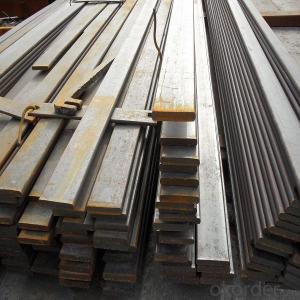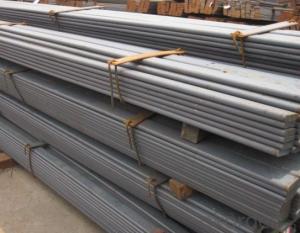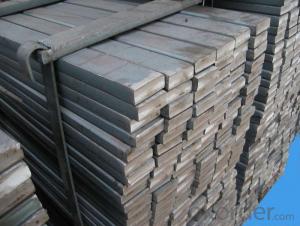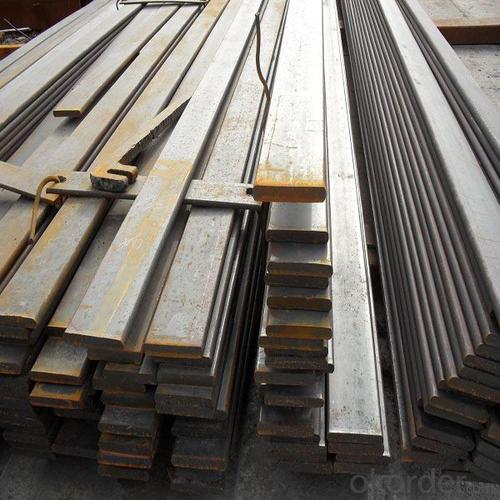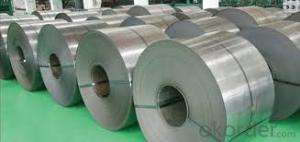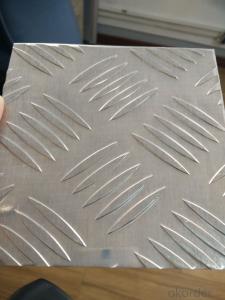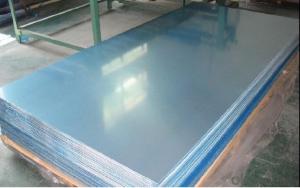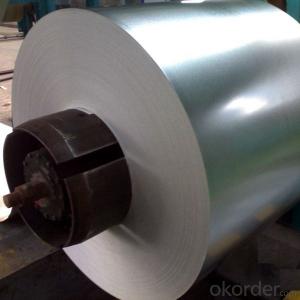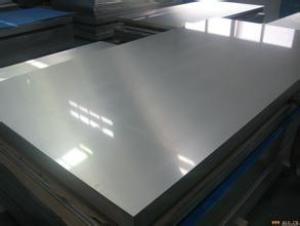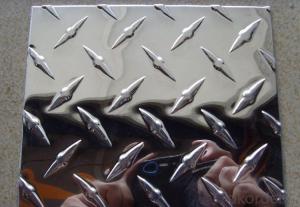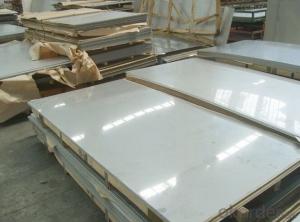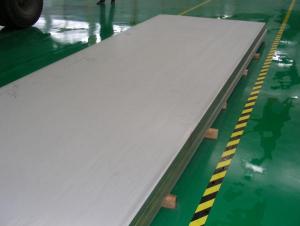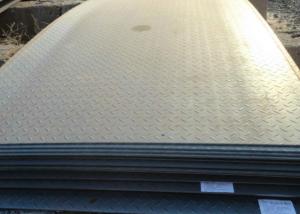Spring Steel Flat Bar ASTM Standard China Supplier
- Loading Port:
- Tianjin
- Payment Terms:
- TT OR LC
- Min Order Qty:
- 2000 PCS
- Supply Capability:
- 40000 PCS/month
OKorder Service Pledge
OKorder Financial Service
You Might Also Like
China Supplier ASTM Spring Steel Flat Bar Details
| Standard: | JIS,AISI,GB,DIN,EN,JIS, AISI, ASTM, GB ect | Dimensions: | 3mm-20mm | Grade: | 300 Series |
| Place of Origin: | China (Mainland) | Width: | 15mm-200mm | Model Number: | 321 304 304l 316 316l 321 |
| Type: | Flat | Application: | Boiler heat exchanger,machinery and hardware fields ect | Shape: | Square |
| Certification: | BV | Special Use: | Valve Steels | Material: | 304 316 317L 321 310S 430 904L ect |
| Surface: | 2B 8K HL NO.1 BA ect | Length: | 2000mm-6000mm | Quality: | Excellent and high quality control |
Packaging & Delivery
| Packaging Detail: | Standard seaworthy packing or as per your requirement |
| Delivery Detail: | About 3-5 days |
Features of China Supplier ASTM Spring Steel Flat Bar
The appearance of cold-rolled products gloss is good, beautiful;
Excellent high temperature strength;
Excellent work-hardening (after processing weakly magnetic)
Non-magnetic state solution
Specifications of China Supplier ASTM Spring Steel Flat Bar
1. Standard: GB ASTM, JIS etc
2. Grade: 304 316 317 321 430 904L ect
3. Size: 19*3 mm-140*12 mm
4. Thickness: 2mm-20mm
5. Width: 15m-200mm
6. Shape Manufactured: Flat bar
7. Length: 2m-6m or as customers' request
8. Surface finish: Black & Pickled & Bright
9. Manufacture technology: Cold drawn/cold rolled/hot rolled
China Supplier ASTM Spring Steel Flat Bar Pictures
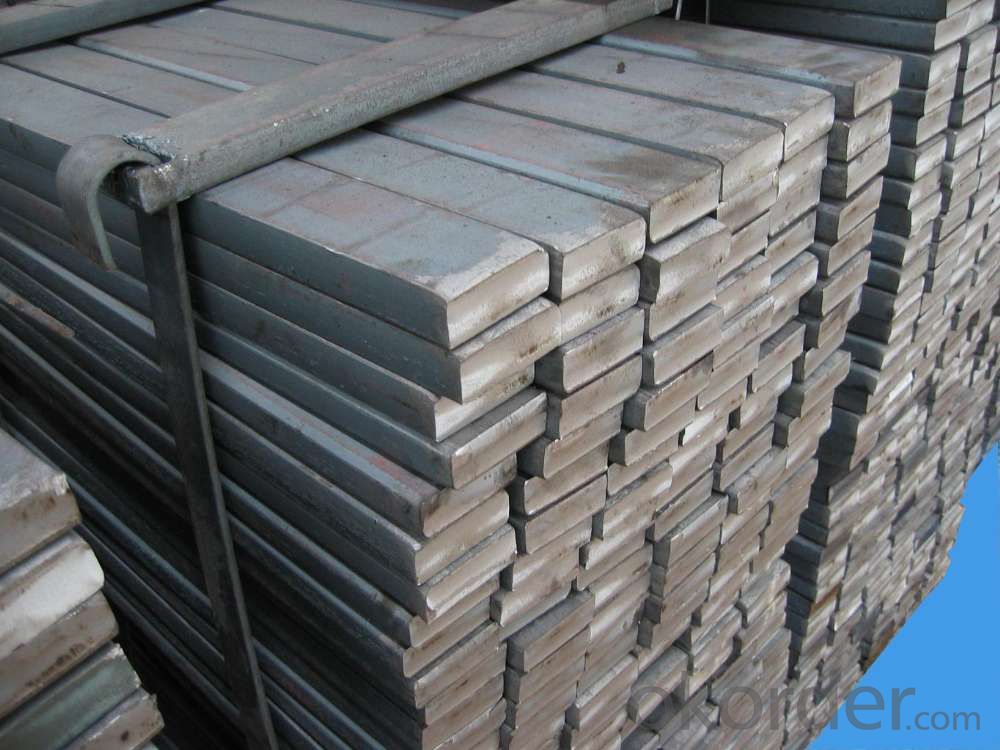
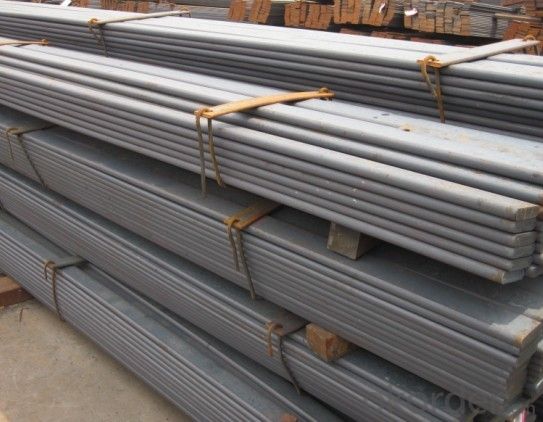
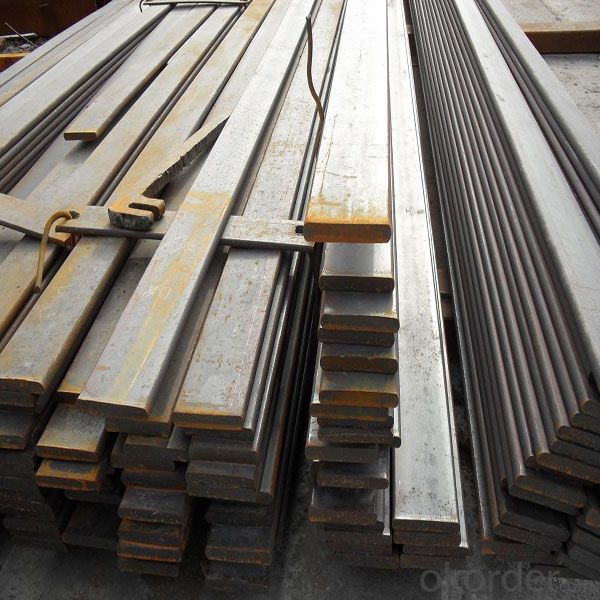
- Q: What is the average lifespan of a painted steel sheet?
- The average lifespan of a painted steel sheet can vary depending on various factors such as the quality of the paint, the type of environment it is exposed to, and the level of maintenance. However, in general, a properly coated and maintained painted steel sheet can last anywhere between 20 to 30 years or even longer.
- Q: Can the steel sheets be bent or formed into different shapes?
- Steel sheets have the ability to be bent or shaped into various forms. Steel possesses exceptional malleability, enabling it to be effortlessly manipulated and molded without any risk of fracture. This advantageous characteristic facilitates a broad spectrum of applications requiring the bending or shaping of steel sheets, particularly in the construction sector, where beams, columns, and other structural elements necessitate specific configurations. Depending on the desired outcome and the steel's thickness, a range of techniques such as cold forming, hot forming, and press braking can be employed to accomplish the task of bending or shaping steel sheets.
- Q: What is the standard size of a steel sheet?
- The standard size of a steel sheet can vary depending on the specific application and industry. However, in general, steel sheets are commonly available in standard sizes such as 4 feet by 8 feet (1.2 meters by 2.4 meters) or 5 feet by 10 feet (1.5 meters by 3 meters). These dimensions are widely used in construction, manufacturing, and fabrication processes. It is important to note that customized sizes can also be obtained based on the requirements of a particular project or customer.
- Q: What are the safety precautions when handling steel sheets?
- To ensure the well-being of individuals and prevent accidents while handling steel sheets, it is crucial to adhere to several safety precautions. These precautions encompass: 1. Personal Protective Equipment (PPE): Wearing appropriate PPE is crucial. This typically includes safety goggles or glasses, gloves, and steel-toed boots. PPE safeguards against potential injuries like cuts, burns, and eye damage. 2. Correct Lifting Techniques: Given their weight and awkwardness, utilizing proper lifting techniques is vital to avoid strain or injury. Lift with your legs, not your back, and employ team lifting when necessary. Refrain from abrupt or jerky movements while handling the sheets. 3. Secure Storage and Transport: To prevent shifting or falling, ensure proper securing when storing or transporting steel sheets. Employ suitable equipment like straps or chains to secure the sheets, distributing them evenly for balance. 4. Clear Work Area: Prior to handling steel sheets, clear the work area of obstacles or debris. This minimizes tripping or slipping hazards and enables a smooth path for moving the sheets. 5. Adequate Lighting: Good visibility is essential during steel sheet handling. Insufficient lighting heightens the risk of accidents and injuries, so ensure the work area is well-lit to avert any potential mishaps. 6. Training and Education: Individuals handling steel sheets must receive adequate training and education on safe handling procedures. This entails understanding the weight and dimensions of the sheets, as well as employing correct lifting and moving techniques. 7. Awareness of Sharp Edges: Steel sheets often possess sharp edges that can cause cuts or lacerations. Always handle the sheets cautiously and be mindful of any sharp edges. If necessary, utilize protective guards or edge protectors to minimize the risk of injury. 8. Regular Maintenance and Inspection: Regularly inspect the steel sheets for signs of damage, like sharp edges, rust, or structural weaknesses. Replace or repair any damaged sheets to ensure safe handling. By adhering to these safety precautions, individuals can minimize the likelihood of accidents and injuries while handling steel sheets. Prioritizing safety and taking necessary steps to protect oneself and others in the work environment is of utmost importance.
- Q: How do steel sheets perform in terms of dimensional stability?
- Steel sheets are renowned for their remarkable dimensional stability, which renders them highly resistant to alterations in size or shape caused by external forces or temperature fluctuations. The inherent strength and rigidity of steel enable it to retain its form and dimensions over prolonged periods. Moreover, steel sheets exhibit low thermal expansion coefficients, resulting in minimal expansion and contraction with temperature variations. This characteristic further amplifies their dimensional stability, rendering them ideal for applications that demand precise dimensions and consistent performance. Given their dependable dimensional stability, steel sheets find extensive utilization across diverse industries, such as construction, automotive, and manufacturing.
- Q: Can steel sheets be used for kitchen backsplashes?
- Yes, steel sheets can be used for kitchen backsplashes. Steel is a versatile and durable material that can withstand the demands of a kitchen environment. Steel sheets are resistant to heat, moisture, and stains, making them an ideal choice for a kitchen backsplash. Additionally, steel backsplashes are easy to clean and maintain, as they can be wiped down with a damp cloth or mild cleaning solution. Steel sheets also offer a sleek and modern aesthetic, adding a touch of sophistication to any kitchen design. However, it is important to note that steel can be prone to scratching, so it is advisable to use a stainless steel variant, which is more resistant to scratches. Overall, steel sheets are a practical and stylish option for kitchen backsplashes.
- Q: What is the average lifespan of steel sheets used for roofing?
- The average lifespan of steel sheets used for roofing can vary depending on several factors. However, high-quality steel roofing sheets are designed to be extremely durable and long-lasting. On average, these steel sheets can last anywhere between 40 to 70 years or even longer with proper maintenance and care. Factors such as the type and thickness of the steel, the quality of the coating or finish, the climate and weather conditions in the area, and the level of maintenance can all affect the lifespan of steel roofing sheets. Regular inspections, cleaning, and repairs when needed can help prolong the lifespan of the steel sheets and ensure they remain in good condition for many years. It is always advisable to consult with roofing professionals or manufacturers for specific guidelines and recommendations regarding the lifespan of steel sheets used for roofing in a particular context.
- Q: How thick are steel sheets typically?
- Steel sheets can vary in thickness depending on their intended use, but they typically range from 0.5 to 6 millimeters thick.
- Q: What are the different grades of steel sheets available?
- There exists a variety of steel sheet grades, each possessing its own distinctive properties and applications. Among the commonly utilized grades are: 1. Carbon Steel: This grade of steel sheet is the most prevalent and extensively employed. It comprises varying carbon levels and is renowned for its robustness and durability. Carbon steel sheets find utility across diverse sectors, including construction, automotive, and manufacturing. 2. Stainless Steel: Distinguished by its elevated chromium content, this steel sheet grade showcases outstanding resistance to corrosion. Industries such as food processing, chemical, and medical frequently employ stainless steel sheets where corrosion resistance plays a pivotal role. 3. Galvanized Steel: To shield against corrosion, this type of steel sheet is coated with a layer of zinc. Galvanized steel sheets often serve in outdoor settings, such as roofing, fences, and gutters, where exposure to moisture and the elements is commonplace. 4. Alloy Steel: By incorporating additional elements like manganese, nickel, or chromium, this grade of steel sheet enhances its mechanical properties. Alloy steel sheets are extensively used in applications demanding heightened strength, such as construction equipment, aircraft components, and machinery. 5. Tool Steel: Designed with elevated hardness and wear resistance, this grade of steel sheet is ideal for tools and dies. Industries such as automotive, aerospace, and manufacturing frequently employ tool steel sheets. It's crucial to note that these represent only a fraction of the available steel sheet grades, as numerous specialized grades are tailored to specific applications. The choice of grade depends on factors such as desired strength, corrosion resistance, and specific application requirements.
- Q: Are steel sheets suitable for outdoor signage?
- Yes, steel sheets are suitable for outdoor signage. Steel is a durable and weather-resistant material that can withstand harsh outdoor conditions such as rain, wind, and UV exposure. It is also sturdy enough to support the weight of signage and can be easily cut or shaped to create desired designs. Additionally, steel sheets can be coated or painted to enhance their appearance and provide additional protection against corrosion.
Send your message to us
Spring Steel Flat Bar ASTM Standard China Supplier
- Loading Port:
- Tianjin
- Payment Terms:
- TT OR LC
- Min Order Qty:
- 2000 PCS
- Supply Capability:
- 40000 PCS/month
OKorder Service Pledge
OKorder Financial Service
Similar products
Hot products
Hot Searches
Related keywords
